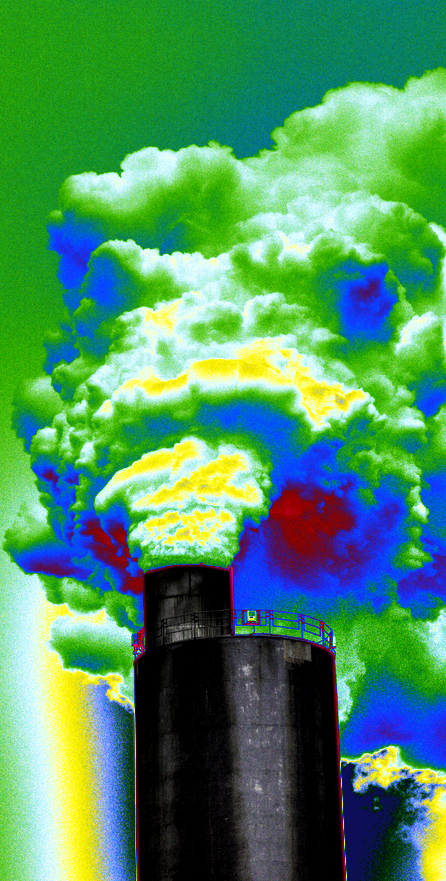Academy calls for carbon efforts
 Australia’s scientific community has called on the Morrison Government to aim for net zero greenhouse gas (GHG) emissions.
Australia’s scientific community has called on the Morrison Government to aim for net zero greenhouse gas (GHG) emissions.
Current international commitments to reducing emissions do not go far enough, according to a report from the Australian Academy of Science.
The experts say that the bar is too low, and that current agreements would lead to an increase in temperatures of 3°C.
Reaching net zero by 2050 is an absolute minimum requirement, the report warns, if Australia is to avoid potentially insurmountable challenges.
To achieve this, the nation must rapidly remove greenhouse gas emissions from a range of sectors including electricity generation and distribution, transport, industry, and buildings.
The report makes a total of 10 recommendations, including scaling up renewable energy generation, preparing the food sector for a warmer world, and investing in research on the potential impacts of global warming of 2°C or higher.
“Australia is well positioned to meet the climate change challenge by combining our scientific knowledge with economic opportunities associated with moves to net zero greenhouse gas emissions,” says Australian Academy of Science president Professor John Shine.
“We urge the Australian Government to implement the recommendations of this report. The Academy stands ready to assist by providing sound scientific advice on climate change to inform the Government’s multifaceted policy response.”
The report says limiting climate change to 1.5°C is now virtually impossible and that a rapid transition to net zero greenhouse gas emissions is required if the international community is to limit warming to well below 2°C.
But it is far from impossible, experts say, as Australia is able to become a clean energy exporter and potentially a global renewable energy superpower.
The report highlights Australia’s relative advantage with its abundant natural resources for solar and other renewable energy generation, as well as significant deposits of new economy minerals critical for developing batteries and other low emission technologies.
The full report is accessible here.







 Print
Print